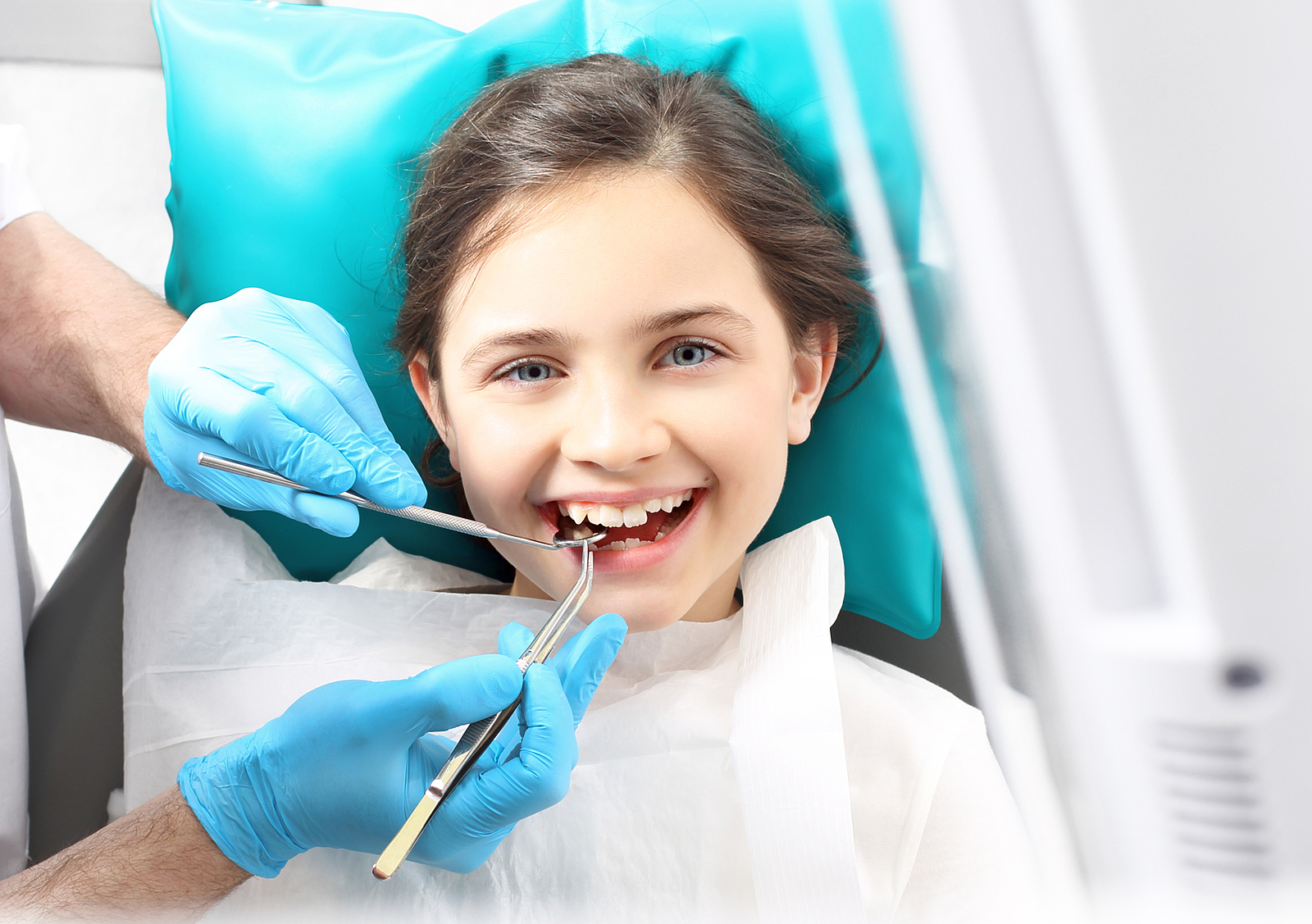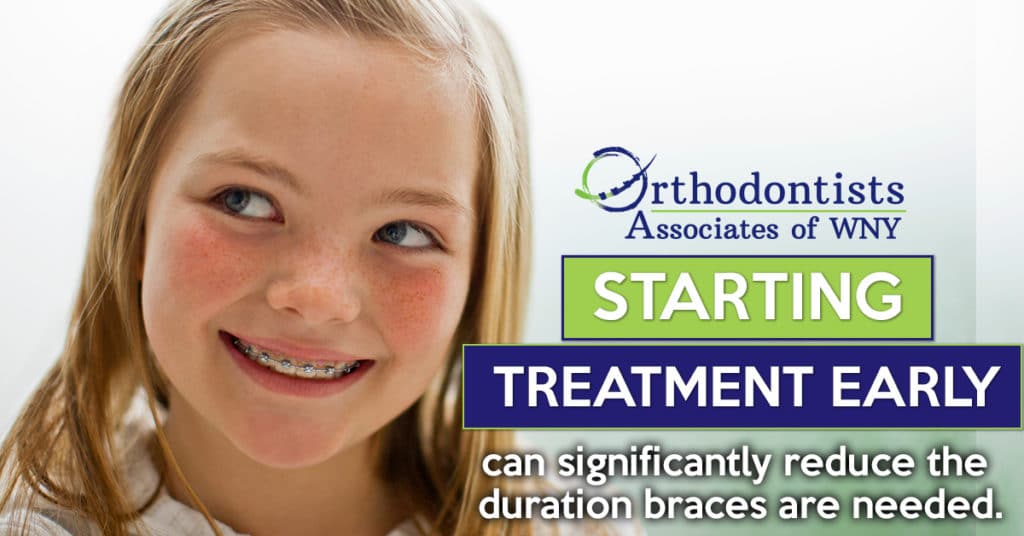How Legacy Orthodontics can Save You Time, Stress, and Money.
How Legacy Orthodontics can Save You Time, Stress, and Money.
Blog Article
6 Simple Techniques For Legacy Orthodontics
Table of ContentsRumored Buzz on Legacy OrthodonticsExcitement About Legacy OrthodonticsLegacy Orthodontics - QuestionsThe 30-Second Trick For Legacy Orthodontics7 Easy Facts About Legacy Orthodontics Described
In enhancement, we use flexible treatment schedules, versatile repayment choices and an enjoyable, satisfying experience.An orthodontist is a dentist educated to identify, stop, and treat teeth and jaw abnormalities. They correct existing conditions and are trained to identify problems that may develop in the future. Orthodontists work with people of any ages, from kids to grownups. People frequently link a perfect smile with healthiness.
Malocclusion, or misaligned teeth, can cause oral issues, including dental cavity, gum illness, and challenging or unpleasant chewing. But not every person is birthed with straight teeth. If you have a poor bite or big areas in between your teeth, you might intend to consult a dentist focusing on orthodontic care.
Legacy Orthodontics Fundamentals Explained
( Picture Credit: DigitalVision/Getty Images) Orthodontists use fixed and removable dental tools, like dental braces, retainers, and bands, to transform the placement of teeth in your mouth. Orthodontic therapy is for dental problems, including: Misaligned teethBite troubles, like an overbite or an underbiteCrowded teeth or teeth that are too much apartJaw misalignmentThe objective of orthodontic therapy is to improve your bite.
While you could assume of orthodontists as mostly for kids or young adults that need braces, they can fix oral troubles at any age. Orthodontists attend college, dental college, and orthodontic college.
, however not all dental experts are orthodontists. They concentrate on two areas: Just how to effectively and safely move teeth Exactly how to properly guide advancement in the teeth, jaw, and faceOnce an orthodontist has finished training, they have the alternative to end up being board certified.
7 Easy Facts About Legacy Orthodontics Explained
Misalignment, or malocclusion, is the most common factor individuals see an orthodontist. It is hereditary and is the result of size distinctions between the upper and lower jaw or between the jaw and teeth. Malocclusion results in tooth overcrowding, an askew jaw, or uneven bite patterns. Malocclusion is usually treated with: Your orthodontist affixes steel, ceramic, or plastic square bonds to your teeth.
If you have only minor malocclusion, you might be able to make use of clear dental braces, called aligners, as opposed to standard dental braces (https://legacyortho.carrd.co/). Some people require a headgear to aid relocate teeth right into line with pressure from outside the mouth. After dental braces or aligners, you'll require to use a retainer. A retainer is a personalized device that keeps your teeth in position.
They're usually used on youngsters. They can create extra space in the mouth without having to draw teeth. If you have a severe underbite or overbite, you might require orthognathic surgery (likewise called orthodontic surgical treatment) to lengthen find out or shorten your jaw. Orthodontists utilize cables, surgical screws, or plates to support your jaw bone.
You might require to see an orthodontist if you have: Crowding or not adequate area for all of your teethOverbite, when your upper teeth come your bottom teethUnderbite, when your bottom teeth are also far forwardSpacing or problems with gapsCrossbite, which is when your upper teeth fit behind your bottom teeth when your mouth is closedOpen bite or an upright void in between your front base and top teethMisplaced midline, when the center of your base and top teeth don't line up Correcting a dental malocclusion can: Make biting, chewing, and speaking easierImprove the symmetry of our face and your overall appearanceEase discomfort from temporomandibular joint problemsDifferent your teeth and make them simpler to clean up, assisting prevent dental caries or cavities It's commonly a dentist that initially notifications misaligned teeth during a routine exam.
The 9-Minute Rule for Legacy Orthodontics

During your first orthodontic appointment, you'll likely have: A dental examPhotos taken of your face and smileDental X-raysPanoramic (360 level) X-rays of your face and headImpressions to develop mold and mildews of your teethThese tests will help your orthodontist know exactly how to wage your therapy. leesburg orthodontics. An orthodontist is a dental professional who's had training to treat your teeth and jaw
Orthodontists may execute surgical procedure, exams,X-rays,and more to help you attain an extra comfy, much healthier smile. An orthodontist is focused on your bite, so something like a broken tooth would be dealt with by a dental professional. Orthodontists are dental experts but not all dental practitioners are orthodontists. Orthodontists are concentrated on your bite, or the way your teeth fit together, and the straightness of your teeth.
Ever asked yourself how celebrities always appear to have completely aligned teeth? Orthodontists are dental specialists who concentrate on correcting abnormalities in the teeth and jaws.
Not known Facts About Legacy Orthodontics

While dental braces are one of the most frequently recognized orthodontic treatment, orthodontists have a varied toolkit at their disposal. The particular technique picked depends on the seriousness of the situation, the patient's age, and private preferences. These tried-and-true braces use a system of brackets bonded to the teeth and connected by wires.
Clear aligners, like Invisalign, are a preferred choice for people looking for a more very discreet therapy alternative. These detachable trays are tailor-made to gradually change the teeth's position. Headwear might be used combined with braces or aligners to apply additional targeted pressures, specifically for correcting jaw disparities. In instances of narrow jaws, palatal expanders can be utilized to create room for proper tooth placement.
Report this page